What is Autism Spectrum Disorder: How to identify speech and communication difficulties for proper care
Pervasive developmental disorder, or autism spectrum disorder, begins early in childhood and affects communication, speech, and social interaction. Children may avoid eye contact, prefer solitude, and show repetitive or ritualistic behaviours. Many have delayed speech or echolalia.
1/10

Definition and prevalence of disorder
Pervasive developmental disorder, also known as autism spectrum disorder, is a condition that can lead to impairment of communication and social development. It is almost three to four times more common in males, and may be found in any socioeconomic class.
Pervasive developmental disorder, also known as autism spectrum disorder, is a condition that can lead to impairment of communication and social development. It is almost three to four times more common in males, and may be found in any socioeconomic class.
2/10
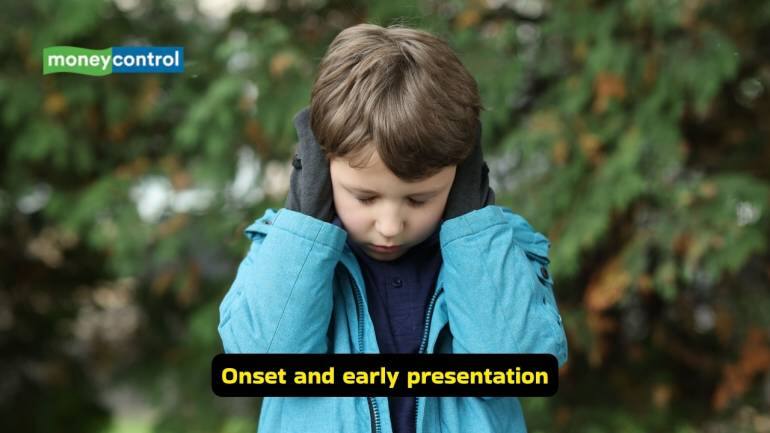
Onset and early presentation
Usually, the onset of this disorder occurs before two-and-a-half years of age, but it may be seen in later stages of childhood as well. This is childhood onset autism, also known as childhood onset pervasive developmental disorder. It is marked by certain characteristic features related to social behaviour.
Usually, the onset of this disorder occurs before two-and-a-half years of age, but it may be seen in later stages of childhood as well. This is childhood onset autism, also known as childhood onset pervasive developmental disorder. It is marked by certain characteristic features related to social behaviour.
3/10
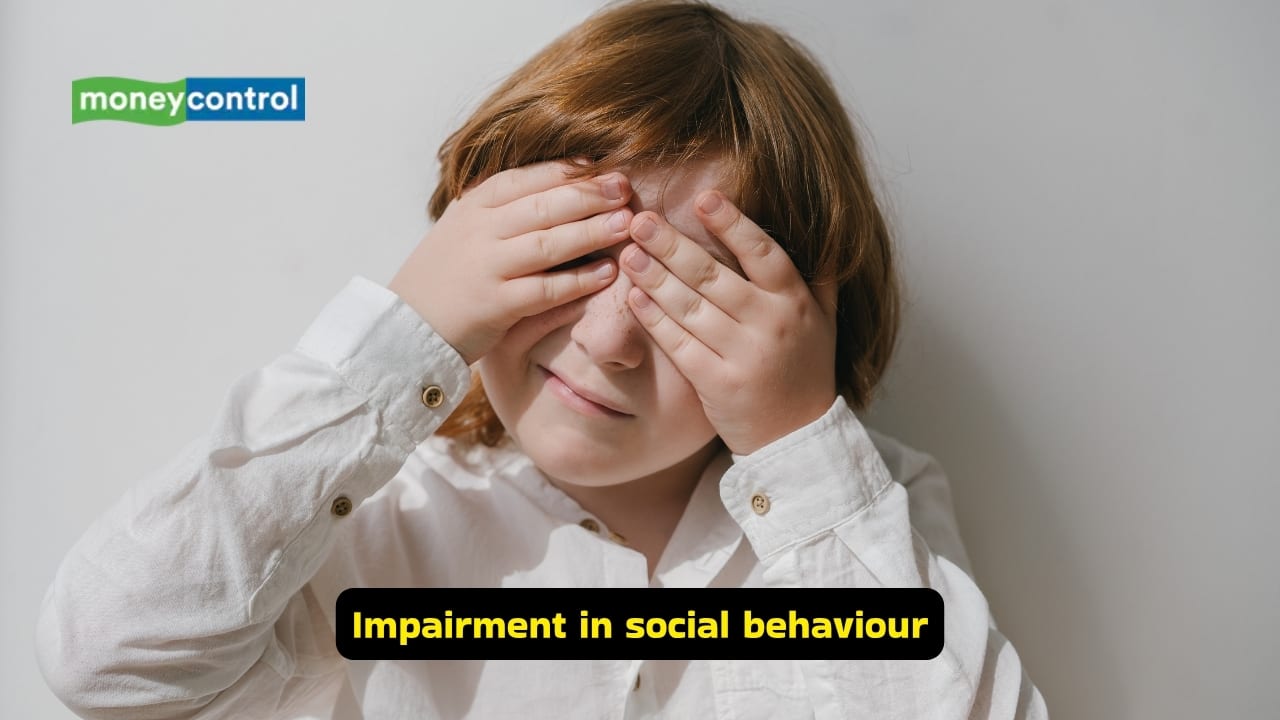
Impairment in social behaviour
There is an obvious impairment in social and interpersonal behaviour. The child may not smile, and avoids eye-to-eye contact. It may be difficult for children with autism spectrum disorder to be aware of other people’s existence and feelings.
There is an obvious impairment in social and interpersonal behaviour. The child may not smile, and avoids eye-to-eye contact. It may be difficult for children with autism spectrum disorder to be aware of other people’s existence and feelings.
4/10
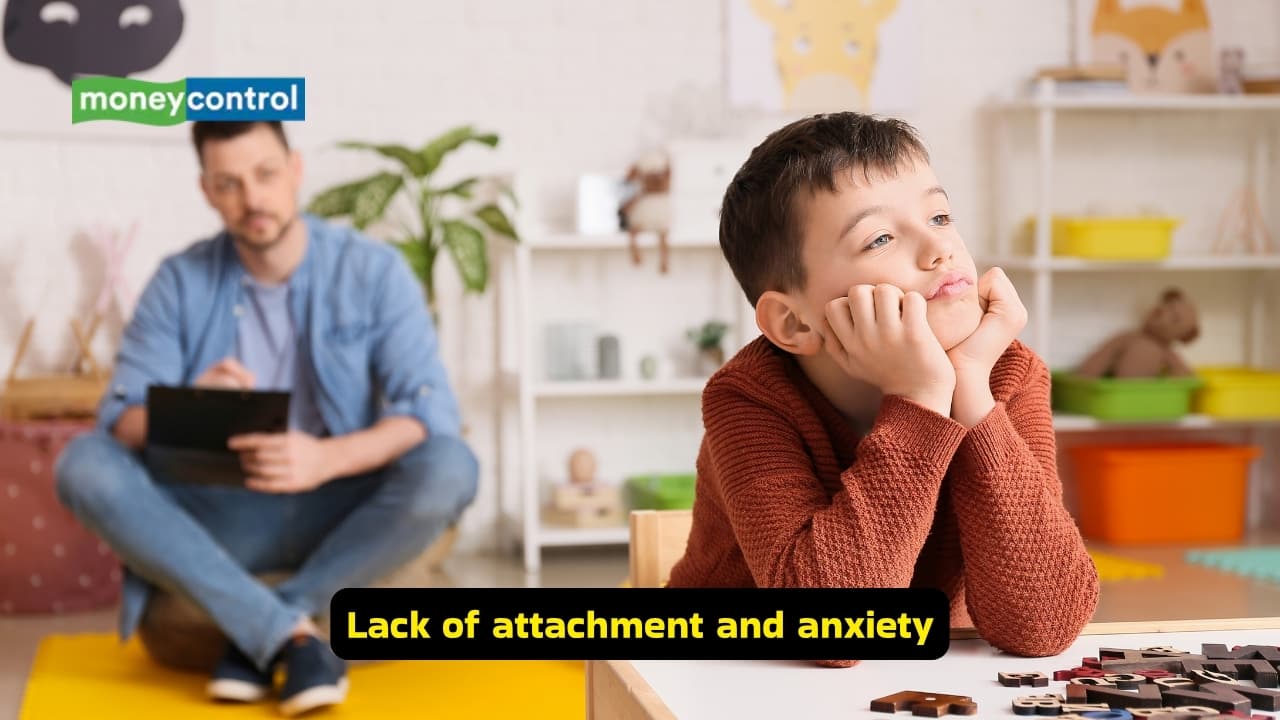
Lack of attachment and anxiety
A lack of attachment to parents is common, and the child may not have any features of separation anxiety, like they may not feel overly upset about going to school, or staying at a nursery without their parents. A preference to solitary games is seen in children with pervasive developmental disorder.
A lack of attachment to parents is common, and the child may not have any features of separation anxiety, like they may not feel overly upset about going to school, or staying at a nursery without their parents. A preference to solitary games is seen in children with pervasive developmental disorder.
5/10
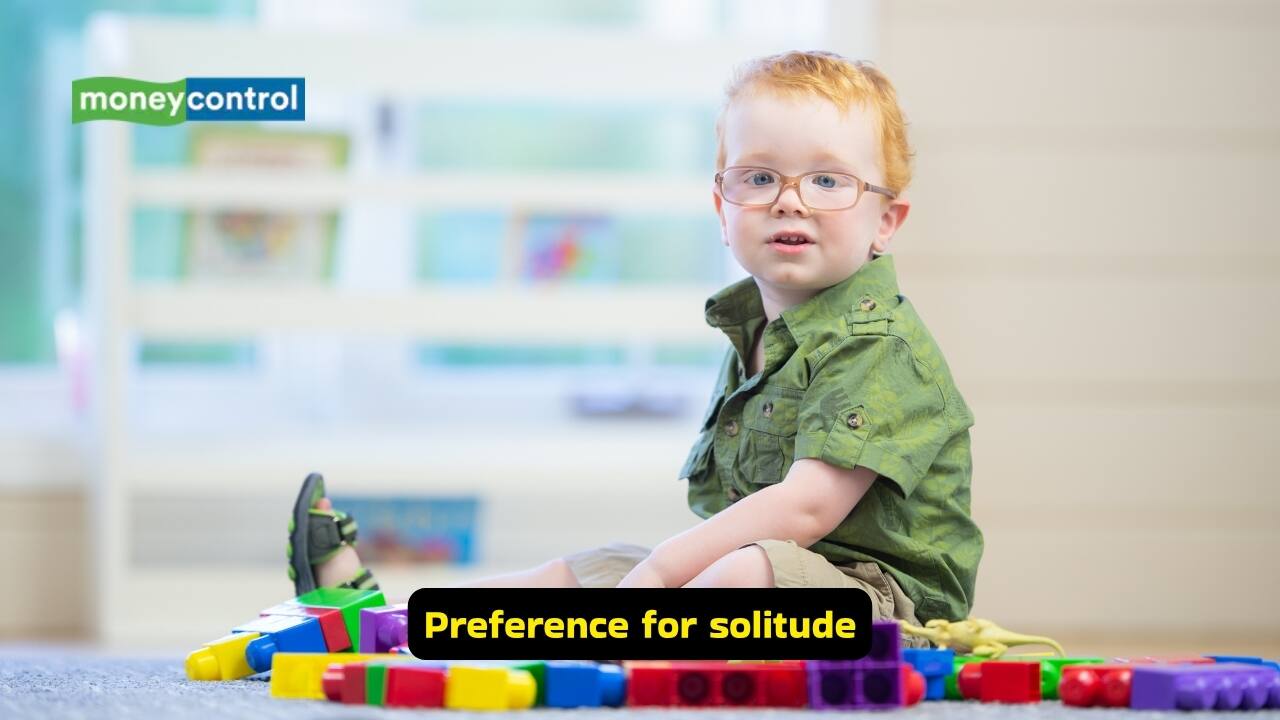
Preference for solitude
Parents may notice that the child is not as involved in playing with other children, and often stays by himself/herself. Not only that, the kids may not be interested in making any friends, and can seem to prefer their own company more than others’. There is an absence of fear or danger too.
Parents may notice that the child is not as involved in playing with other children, and often stays by himself/herself. Not only that, the kids may not be interested in making any friends, and can seem to prefer their own company more than others’. There is an absence of fear or danger too.
6/10
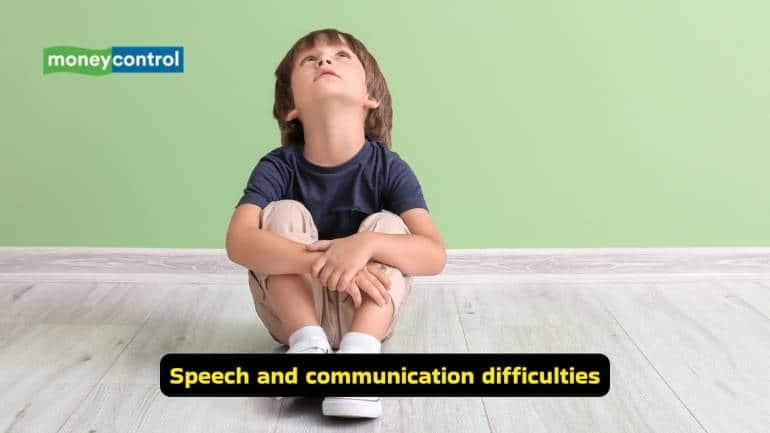
Speech and communication difficulties
Children with pervasive developmental disorder lack a facial, or even a verbal response to sounds or voices. Even as infants, they may not babble, and the beginning of speech is usually delayed. Almost half of the children with autism may never develop useful speech.
Children with pervasive developmental disorder lack a facial, or even a verbal response to sounds or voices. Even as infants, they may not babble, and the beginning of speech is usually delayed. Almost half of the children with autism may never develop useful speech.
7/10
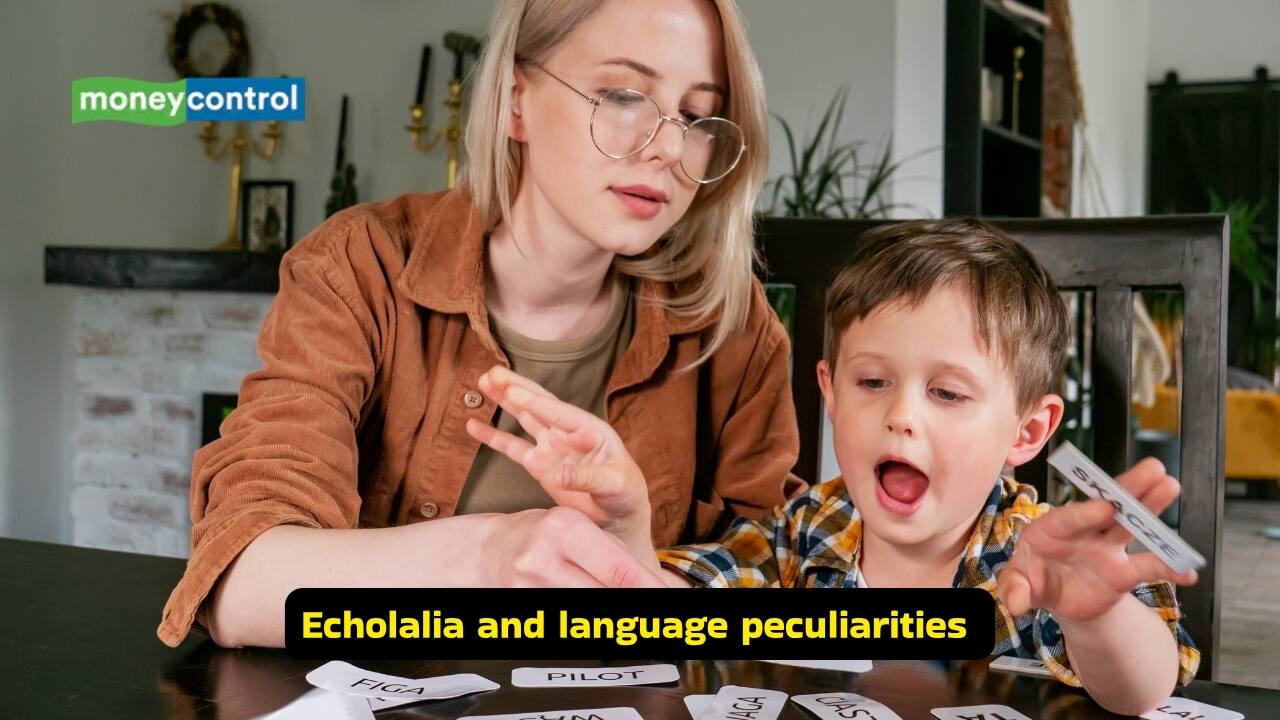
Echolalia and language peculiarities
The children can seem to repeat the exact words said by the person talking (echolalia), and their articulation is often poor. Pronominal reversal, that is, using ‘I’ instead of ‘you’ can be observed. However, the rote memory is usually good, and they can repeat what they’ve learnt verbatim.
The children can seem to repeat the exact words said by the person talking (echolalia), and their articulation is often poor. Pronominal reversal, that is, using ‘I’ instead of ‘you’ can be observed. However, the rote memory is usually good, and they can repeat what they’ve learnt verbatim.
8/10
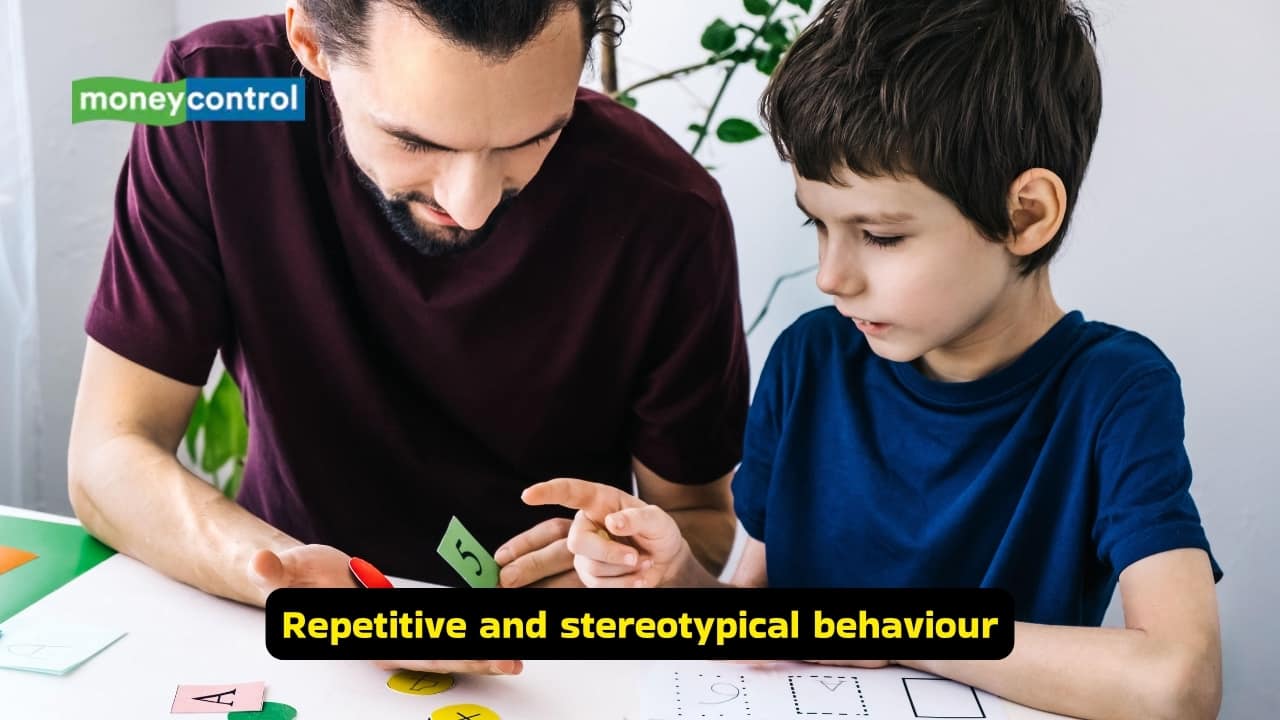
Repetitive and stereotypical behaviour
Some abnormal behavioural characteristics include stereotypical behaviours like head-banging, body-spinning, lining-up objects and clapping. The child shows some ritualistic and compulsive tendencies, by doing the same things in the same manner over and over.
Some abnormal behavioural characteristics include stereotypical behaviours like head-banging, body-spinning, lining-up objects and clapping. The child shows some ritualistic and compulsive tendencies, by doing the same things in the same manner over and over.
9/10
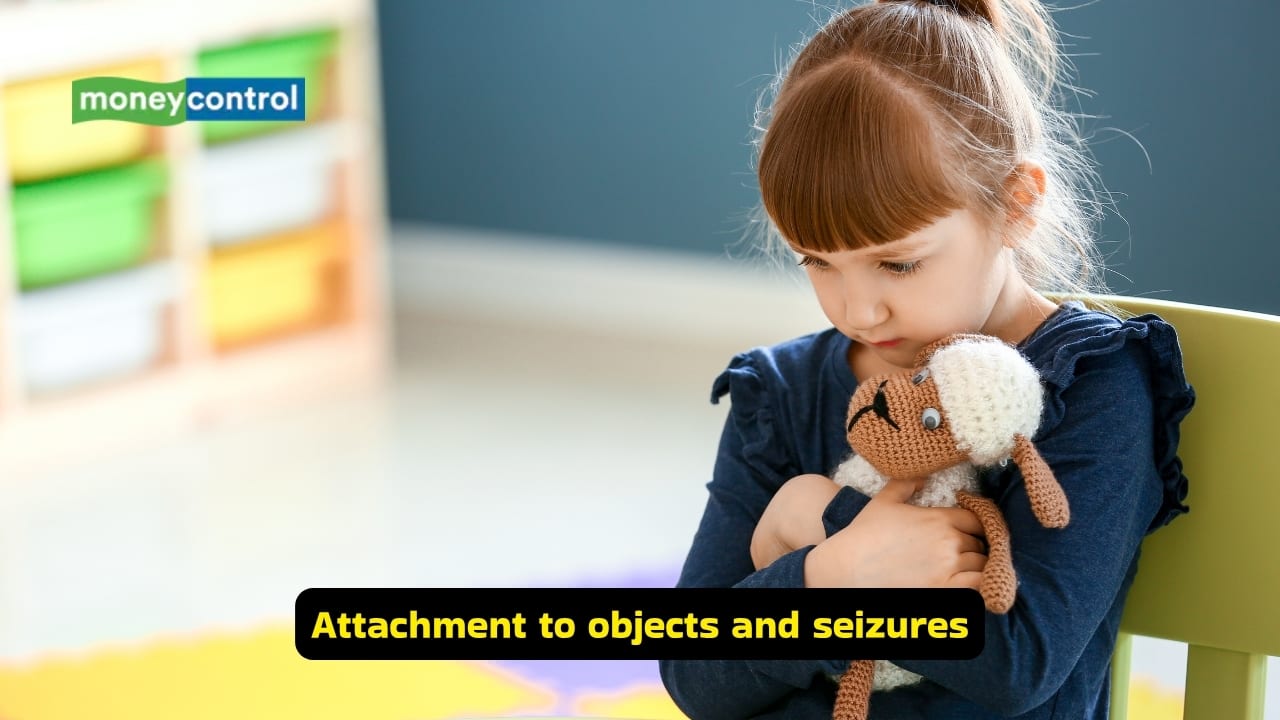
Attachment to objects and seizures
Quite commonly, there exists an attachment to inanimate objects, and hyperkinesis (abnormal and uncontrollable unwanted movements). The IQ may be low in children with pervasive developmental disorder, usually below 70. Epilepsy (recurrent, unprovoked seizures) are common in those who have an IQ below 50.
Quite commonly, there exists an attachment to inanimate objects, and hyperkinesis (abnormal and uncontrollable unwanted movements). The IQ may be low in children with pervasive developmental disorder, usually below 70. Epilepsy (recurrent, unprovoked seizures) are common in those who have an IQ below 50.
10/10
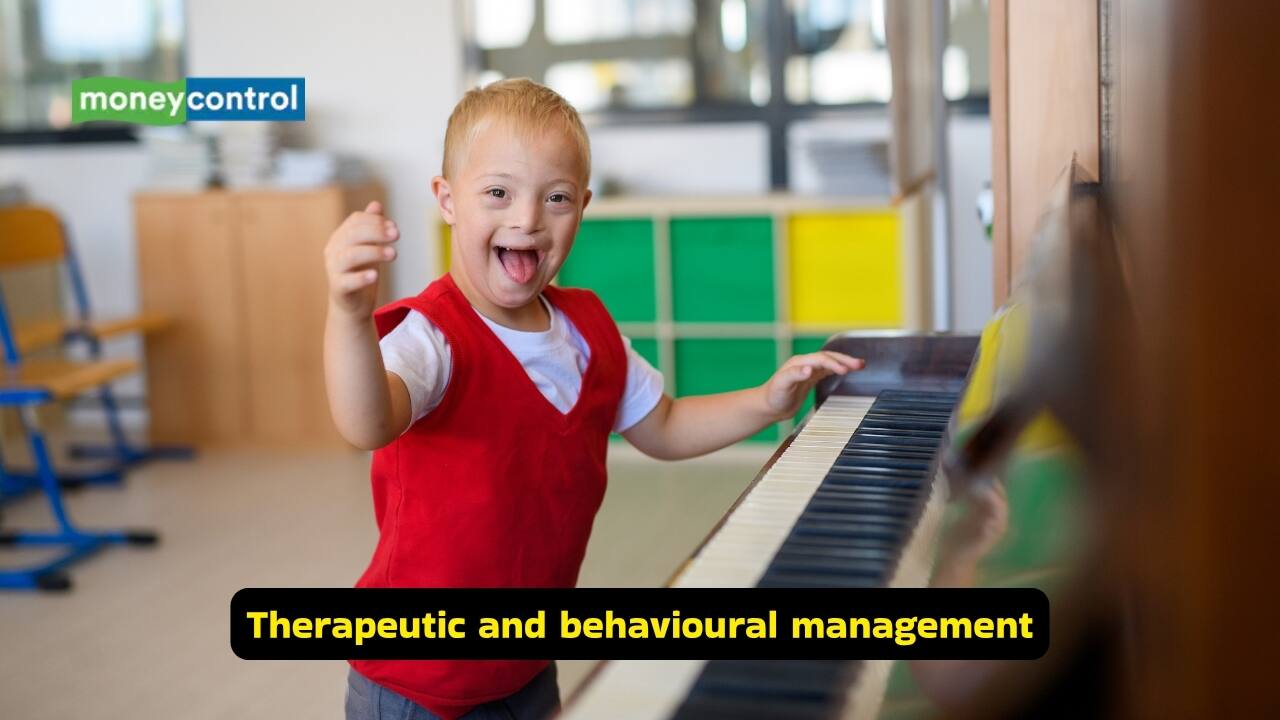
Therapeutic and behavioural management
Children with autism may particularly enjoy music, and have prodigious rote memory. Their calculating abilities may be good, along with their musical ability. Behavioural therapy is often recommended, and a regular routine can be developed with as few changes as possible (Disclaimer: This article, including health and fitness advice, only provides generic information. Don’t treat it as a substitute for qualified medical opinion. Always consult a specialist for specific health diagnosis)
Children with autism may particularly enjoy music, and have prodigious rote memory. Their calculating abilities may be good, along with their musical ability. Behavioural therapy is often recommended, and a regular routine can be developed with as few changes as possible (Disclaimer: This article, including health and fitness advice, only provides generic information. Don’t treat it as a substitute for qualified medical opinion. Always consult a specialist for specific health diagnosis)
Discover the latest Business News, Budget 2025 News, Sensex, and Nifty updates. Obtain Personal Finance insights, tax queries, and expert opinions on Moneycontrol or download the Moneycontrol App to stay updated!






